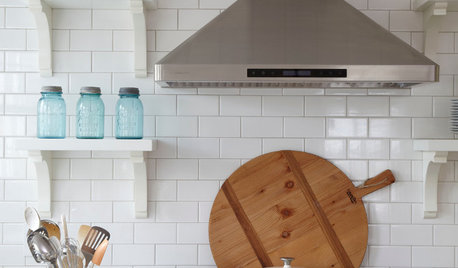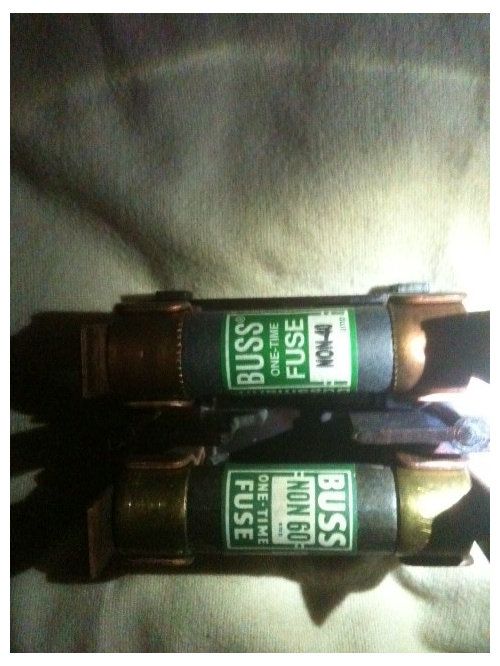murphy pullout fuse block contains fuses of different amperages
bsaimo
10 years ago
Related Stories

KITCHEN DESIGNHouzzers Say: Top Dream Kitchen Must-Haves
Tricked-out cabinets, clean countertops and convenience top the list
Full Story
KITCHEN DESIGNDesign an Easy-Clean Kitchen
"You cook and I'll clean" might no longer be a fair trade with these ideas for low-maintenance kitchen countertops, cabinets and floors
Full Story
LIFEHow to Prepare for and Live With a Power Outage
When electricity loss puts food, water and heat in jeopardy, don't be in the dark about how to stay as safe and comfortable as possible
Full Story
KITCHEN DESIGNA Modern Kitchen Inspired by Edwardian Style
Attention to detail and functionality make for a kitchen that is as beautiful to work in as it is to look at
Full Story
HOUSEKEEPINGMarch Checklist for a Smooth-Running Home
Get a jump on spring by spiffing up surfaces, clearing clutter and getting your warm-weather clothes in shape
Full Story









bus_driver
bsaimoOriginal Author
Related Professionals
Three Lakes General Contractors · Catonsville General Contractors · Irving General Contractors · Las Cruces General Contractors · Merritt Island General Contractors · Milford General Contractors · Nampa General Contractors · Pacifica General Contractors · Stillwater General Contractors · Wheeling General Contractors · Woodland General Contractors · Norton Solar Energy Systems · Fort Collins Home Automation & Home Media · Rowland Heights Home Automation & Home Media · Temecula Home Automation & Home Mediabus_driver
bsaimoOriginal Author
bsaimoOriginal Author
bus_driver
Ron Natalie
bsaimoOriginal Author
bus_driver
bsaimoOriginal Author
bsaimoOriginal Author
bsaimoOriginal Author
User
bus_driver